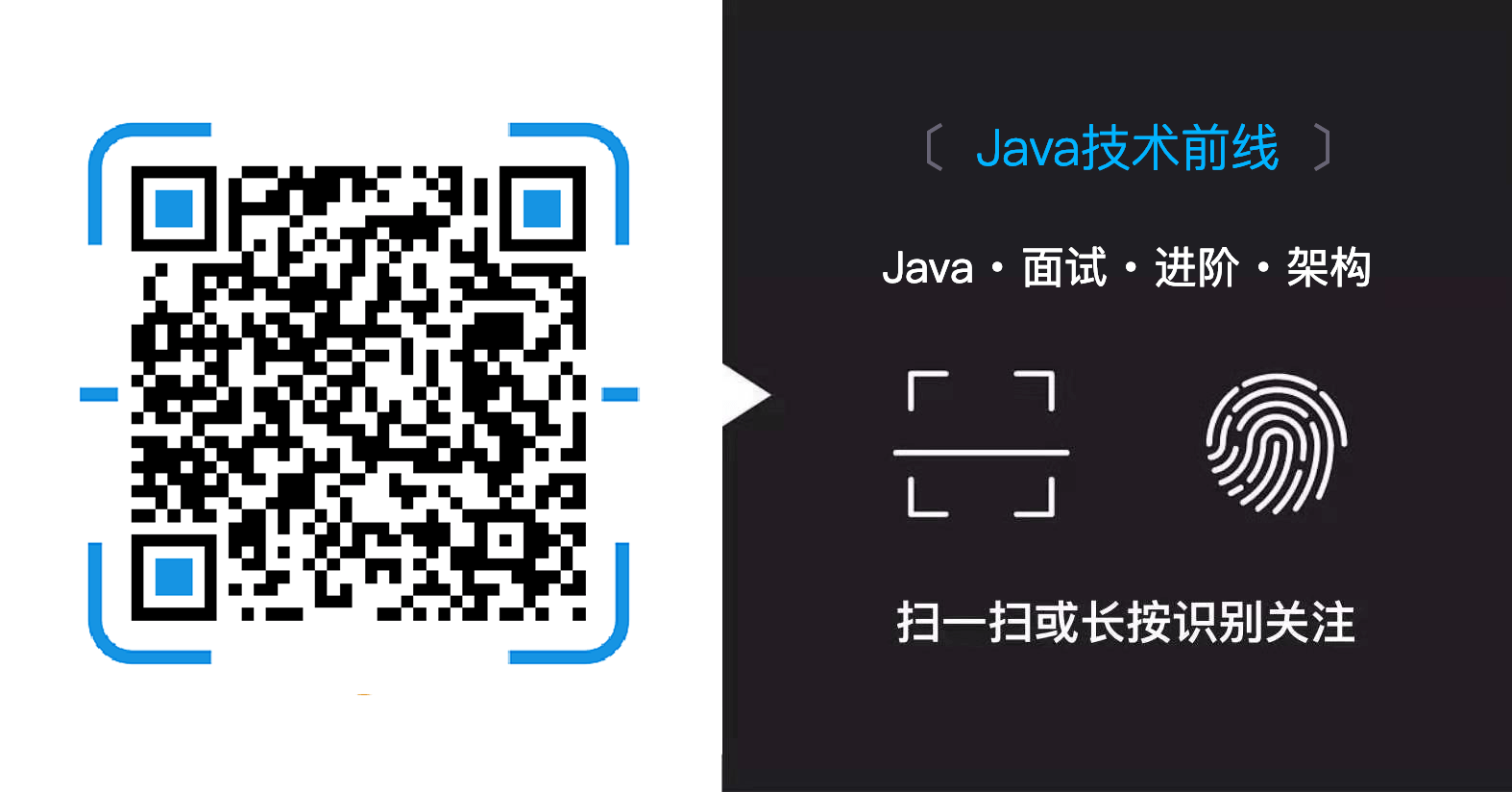Spring教程16篇:Spring 注入集合
注入集合
你已经看到了如何使用 value 属性来配置基本数据类型和在你的 bean 配置文件中使用<property>标签的 ref 属性来配置对象引用。这两种情况下处理奇异值传递给一个 bean。
现在如果你想传递多个值,如 Java Collection 类型 List、Set、Map 和 Properties,应该怎么做呢。为了处理这种情况,Spring 提供了四种类型的集合的配置元素,如下所示:
| 元素 | 描述 |
|---|---|
| <list> | 它有助于连线,如注入一列值,允许重复。 |
| <set> | 它有助于连线一组值,但不能重复。 |
| <map> | 它可以用来注入名称-值对的集合,其中名称和值可以是任何类型。 |
| <props> | 它可以用来注入名称-值对的集合,其中名称和值都是字符串类型。 |
你可以使用<list>或<set>来连接任何 java.util.Collection 的实现或数组。
你会遇到两种情况(a)传递集合中直接的值(b)传递一个 bean 的引用作为集合的元素。
例子
我们在适当的位置使用 Eclipse IDE,然后按照下面的步骤来创建一个 Spring 应用程序:
| 步骤 | 描述 |
|---|---|
| 1 | 创建一个名称为SpringExample的项目,并且在创建项目的src文件夹中创建一个包com.tutorialspoint。 |
| 2 | 使用AddExternalJARs选项,添加所需的Spring库,解释见SpringHelloWorldExample章节。optionasexplainedinthechapter. |
| 3 | 在com.tutorialspoint包中创建Java类TextEditor、SpellChecker和MainApp。 |
| 4 | 在src文件夹中创建Beans配置文件Beans.xml。 |
| 5 | 最后一步是创建的所有Java文件和Bean配置文件的内容,并运行应用程序,解释如下所示。 |
这里是 JavaCollection.java 文件的内容:
package com.tutorialspoint;
import java.util.*;
public class JavaCollection {
List addressList;
Set addressSet;
Map addressMap;
Properties addressProp;
// a setter method to set List
public void setAddressList(List addressList) {
this.addressList = addressList;
}
// prints and returns all the elements of the list.
public List getAddressList() {
System.out.println("List Elements :" + addressList);
return addressList;
}
// a setter method to set Set
public void setAddressSet(Set addressSet) {
this.addressSet = addressSet;
}
// prints and returns all the elements of the Set.
public Set getAddressSet() {
System.out.println("Set Elements :" + addressSet);
return addressSet;
}
// a setter method to set Map
public void setAddressMap(Map addressMap) {
this.addressMap = addressMap;
}
// prints and returns all the elements of the Map.
public Map getAddressMap() {
System.out.println("Map Elements :" + addressMap);
return addressMap;
}
// a setter method to set Property
public void setAddressProp(Properties addressProp) {
this.addressProp = addressProp;
}
// prints and returns all the elements of the Property.
public Properties getAddressProp() {
System.out.println("Property Elements :" + addressProp);
return addressProp;
}
}
下面是 MainApp.java 文件的内容:
package com.tutorialspoint;
import org.springframework.context.ApplicationContext;
import org.springframework.context.support.ClassPathXmlApplicationContext;
public class MainApp {
public static void main(String[] args) {
ApplicationContext context =
new ClassPathXmlApplicationContext("Beans.xml");
JavaCollection jc=(JavaCollection)context.getBean("javaCollection");
jc.getAddressList();
jc.getAddressSet();
jc.getAddressMap();
jc.getAddressProp();
}
}
下面是配置所有类型的集合的配置文件 Beans.xml 文件:
<?xml version="1.0" encoding="UTF-8"?>
<beans xmlns="http://www.springframework.org/schema/beans"
xmlns:xsi="http://www.w3.org/2001/XMLSchema-instance"
xsi:schemaLocation="http://www.springframework.org/schema/beans
http://www.springframework.org/schema/beans/spring-beans-3.0.xsd">
<!-- Definition for javaCollection -->
<bean id="javaCollection" class="com.tutorialspoint.JavaCollection">
<!-- results in a setAddressList(java.util.List) call -->
<property name="addressList">
<list>
<value>INDIA</value>
<value>Pakistan</value>
<value>USA</value>
<value>USA</value>
</list>
</property>
<!-- results in a setAddressSet(java.util.Set) call -->
<property name="addressSet">
<set>
<value>INDIA</value>
<value>Pakistan</value>
<value>USA</value>
<value>USA</value>
</set>
</property>
<!-- results in a setAddressMap(java.util.Map) call -->
<property name="addressMap">
<map>
<entry key="1" value="INDIA"/>
<entry key="2" value="Pakistan"/>
<entry key="3" value="USA"/>
<entry key="4" value="USA"/>
</map>
</property>
<!-- results in a setAddressProp(java.util.Properties) call -->
<property name="addressProp">
<props>
<prop key="one">INDIA</prop>
<prop key="two">Pakistan</prop>
<prop key="three">USA</prop>
<prop key="four">USA</prop>
</props>
</property>
</bean>
</beans>
一旦你创建源代码和 bean 配置文件完成后,我们就可以运行该应用程序。你应该注意这里不需要配置文件。如果你的应用程序一切都正常,将输出以下信息:
List Elements :[INDIA, Pakistan, USA, USA]
Set Elements :[INDIA, Pakistan, USA]
Map Elements :{1=INDIA, 2=Pakistan, 3=USA, 4=USA}
Property Elements :{two=Pakistan, one=INDIA, three=USA, four=USA}
注入 Bean 引用
下面的 Bean 定义将帮助你理解如何注入 bean 的引用作为集合的元素。甚至你可以将引用和值混合在一起,如下所示:
<?xml version="1.0" encoding="UTF-8"?>
<beans xmlns="http://www.springframework.org/schema/beans"
xmlns:xsi="http://www.w3.org/2001/XMLSchema-instance"
xsi:schemaLocation="http://www.springframework.org/schema/beans
http://www.springframework.org/schema/beans/spring-beans-3.0.xsd">
<!-- Bean Definition to handle references and values -->
<bean id="..." class="...">
<!-- Passing bean reference for java.util.List -->
<property name="addressList">
<list>
<ref bean="address1"/>
<ref bean="address2"/>
<value>Pakistan</value>
</list>
</property>
<!-- Passing bean reference for java.util.Set -->
<property name="addressSet">
<set>
<ref bean="address1"/>
<ref bean="address2"/>
<value>Pakistan</value>
</set>
</property>
<!-- Passing bean reference for java.util.Map -->
<property name="addressMap">
<map>
<entry key="one" value="INDIA"/>
<entry key ="two" value-ref="address1"/>
<entry key ="three" value-ref="address2"/>
</map>
</property>
</bean>
</beans>
为了使用上面的 bean 定义,你需要定义 setter 方法,它们应该也能够是用这种方式来处理引用。
注入 null 和空字符串的值
如果你需要传递一个空字符串作为值,那么你可以传递它,如下所示:
<bean id="..." class="exampleBean">
<property name="email" value=""/>
</bean>
前面的例子相当于 Java 代码:exampleBean.setEmail("")。
如果你需要传递一个 NULL 值,那么你可以传递它,如下所示:
<bean id="..." class="exampleBean">
<property name="email"><null/></property>
</bean>
前面的例子相当于 Java 代码:exampleBean.setEmail(null)。
作者:陈
来源:https://www.w3cschool.cn/wkspring/kp5i1ico.html
看完两件小事
如果你觉得这篇文章对你挺有启发,我想请你帮我两个小忙:
- 把这篇文章分享给你的朋友 / 交流群,让更多的人看到,一起进步,一起成长!
- 关注公众号 「方志朋」,公众号后台回复「666」 免费领取我精心整理的进阶资源教程

本文著作权归作者所有,如若转载,请注明出处
转载请注明:文章转载自「 Java极客技术学习 」https://www.javajike.com

 微信扫一扫
微信扫一扫